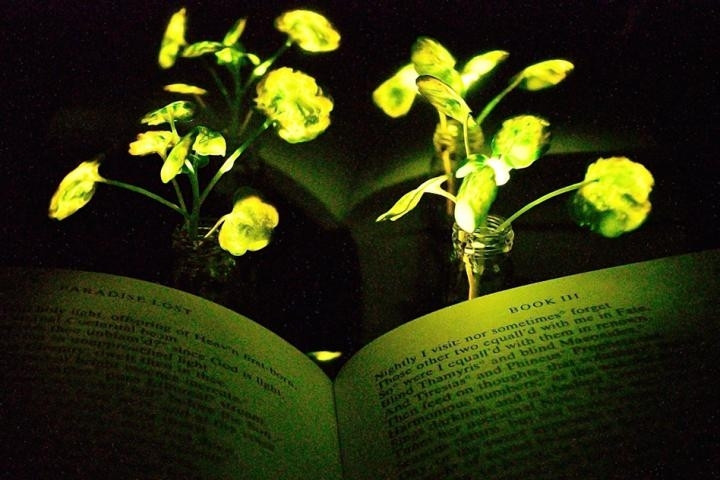New glowing plants could be next-gen green lamps for your workplace
So far, the researchers have been able to convert kale, watercress, arugula and spinach plants into light sources.

Researchers at MIT have engineered plants that give away dim light for as long as four hours. The unique effort is aimed at reducing energy consumption and could one day lead to the development of plants and trees that glow brightly in the dark, lighting up all sorts of places – from streets to your own workplace.
Today, lighting accounts for as much as 20% of worldwide energy consumption. The nights are getting brighter with more and more people switching to outdoor LEDs.
But what if plants and trees could offer a way to bring this significant energy consumption down?
Researchers have previously used plants and their self-repair abilities to turn them into living sensors, and now engineers at MIT are leveraging the same capabilities to transform plants into green lamps.
Michael Strano, the study's senior author, and his colleagues infused kale, watercress, arugula and spinach plants with luciferase – the enzyme that makes fireflies glow.
They submerged the plants in a solution containing silica nanoparticles that carried luciferase, luciferin and coenzyme A, and then applied pressure so that the solution could enter the leaves.
The solution-modified plants were then able to generate dim light for about four hours. The illumination from these plants was one-thousandth of the amount of light we require to read. The research team also demonstrated how a luciferase inhibitor could be used as a switch to turn the living light off.
While the light emitted by these plants is not currently bright enough to light the outdoors or even a desk, the researchers hope that further optimisations would allow them to improve the capabilities of these plants, turning them into natural, environment-friendly light lamps. These lamps could then be used to replace indoor as well as outdoor light bulbs.
"The vision is to make a plant that will function as a desk lamp – a lamp that you don't have to plug in," Strano said. "The light is ultimately powered by the energy metabolism of the plant itself."
The team hope to do this by improving the concentration of the enzymes involved and developing a paint that would easily turn plants into living light sources.
"Our work very seriously opens up the doorway to streetlamps which are nothing but treated trees, and to indirect lighting around homes."





















